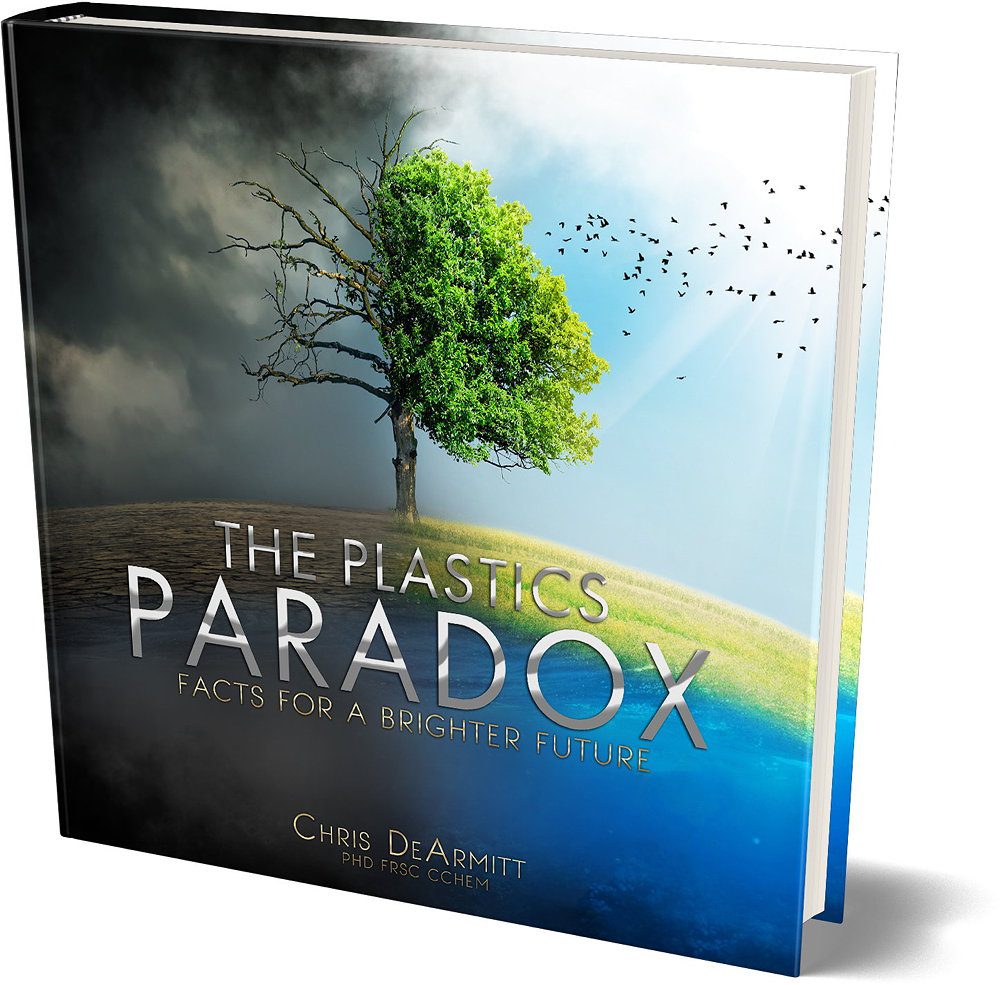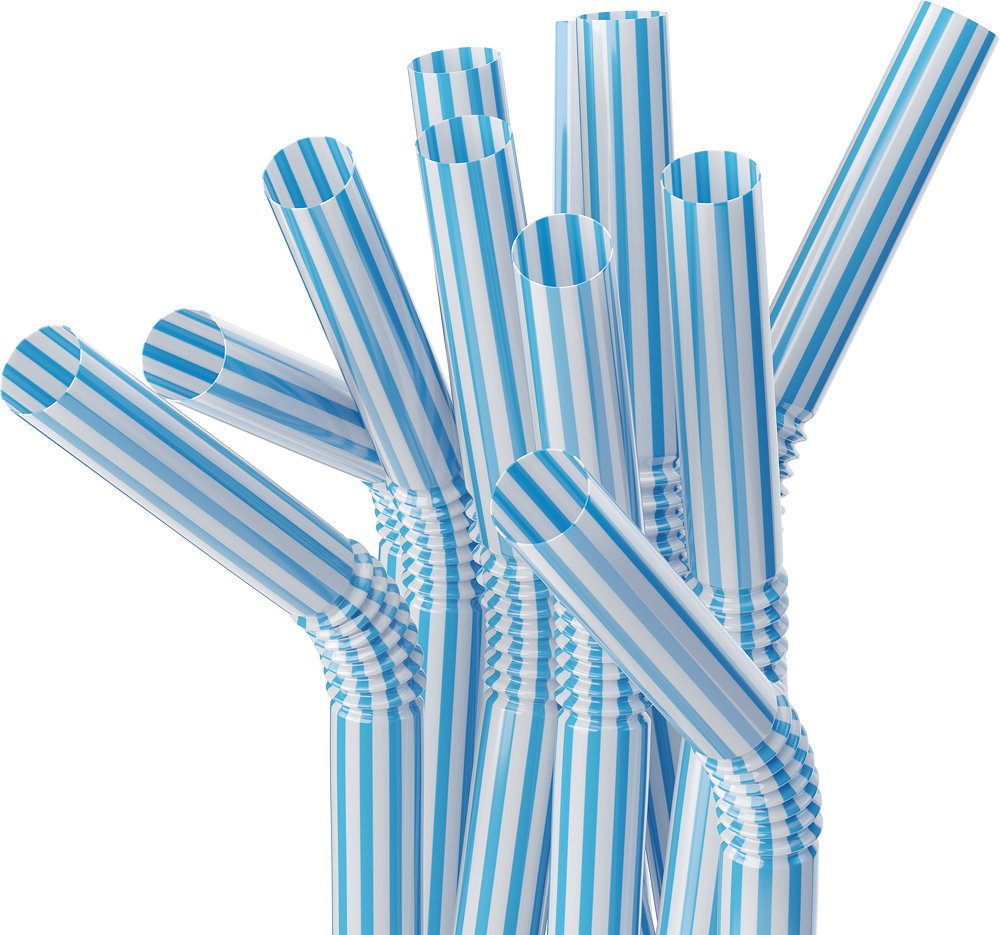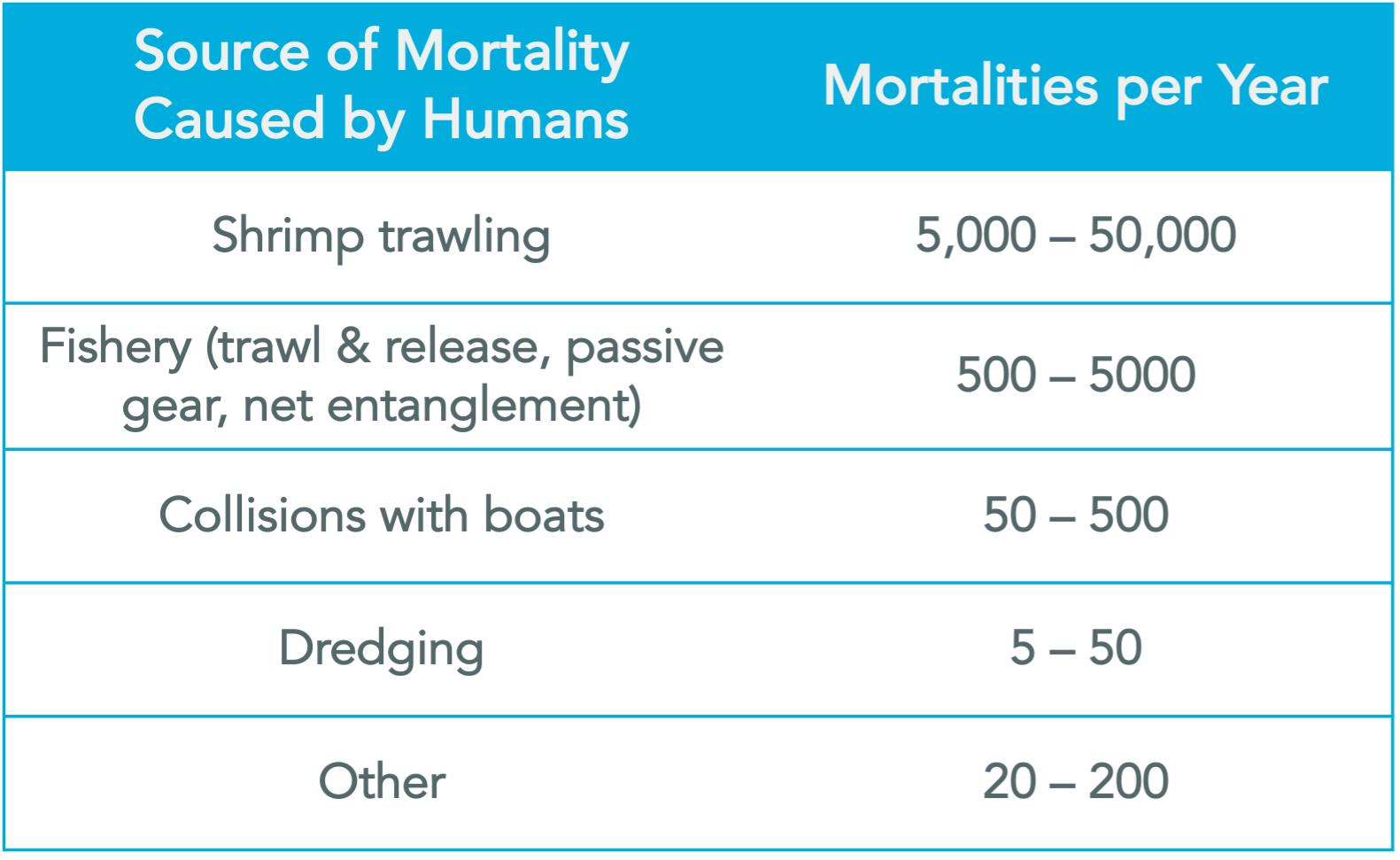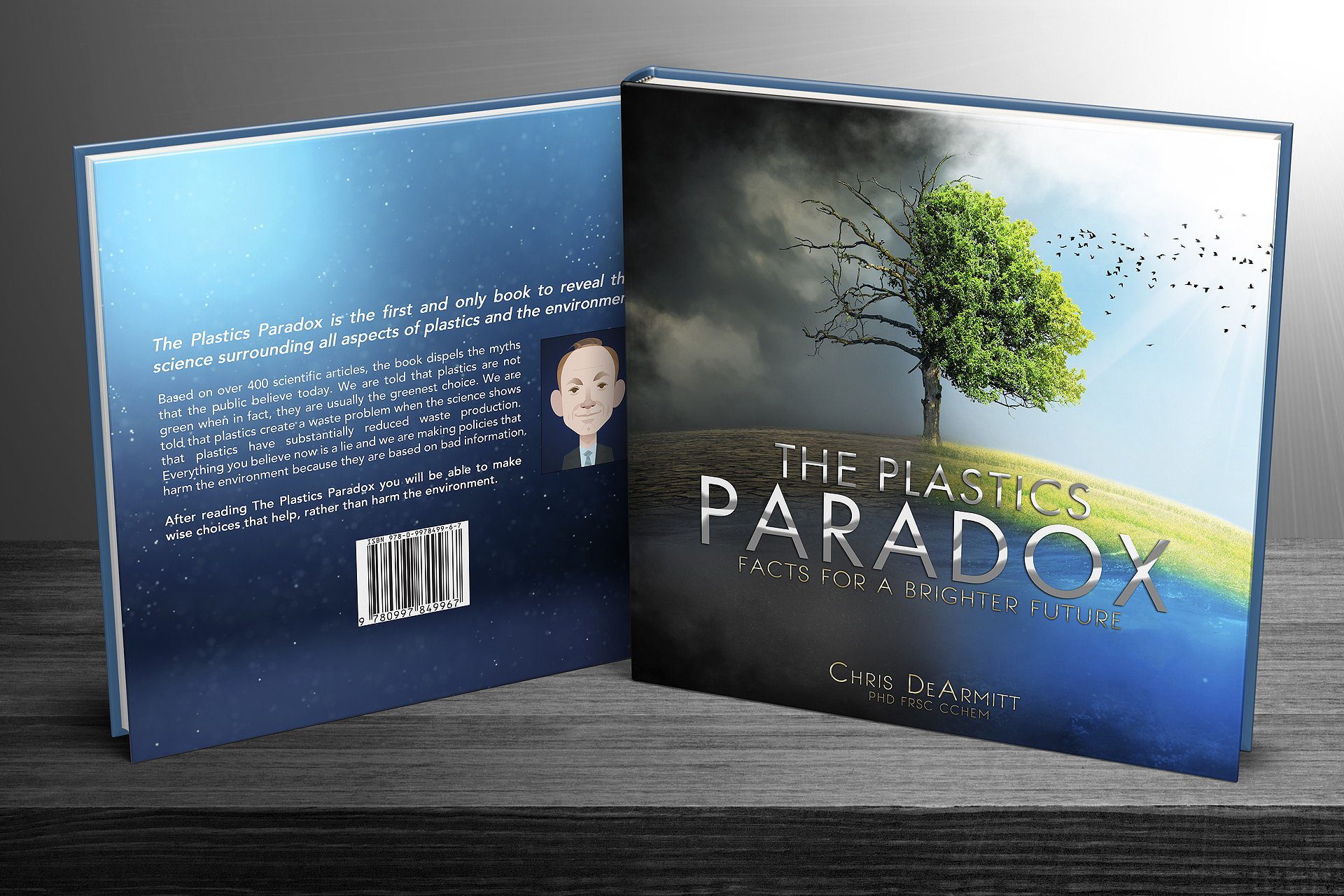PLASTICS & THE ENVIRONMENT
THE TURTLE PLASTIC STRAW MYTH
evidence & perspective from the leading INDEPENDENT expert
Plastic Straws
Threat to Turtles or Urban Legend?
In 2015 a video was uploaded on YouTube entitled
“Sea Turtle with Straw up its Nostril – “NO” TO PLASTIC STRAWS”
The video which shows a sea turtle with an object up its nose has accumulated over 100 million views and sparked outrage. The public demanded action and policies were made. How much credence does this video deserve? Should we base policy on the basis of one video?
Once more, we need to examine the evidence and check the peer-reviewed science in order to make wise decisions for a better future. If you care about our planet, then please read on…

Public Outrage and Media Coverage
I have watched the video and it is very uncomfortable to see the ordeal that the turtle is put though. Such sights stir our emotions and indeed an outcry ensued demanding that something be done.
“How Heartbreaking Turtle Video Sparked Plastic Straw Bans”
“The Turtle That Became the Anti-Plastic Straw Poster Child”
Bans on plastic straws became popular based on one video about a turtle.
Emotions can be very powerful for accomplishing goals because they motivate us to take action. However, emotions are notoriously unreliable when it comes to deciding what action to take. In order to make wise choices we must defer to facts and logic.
As a leading independent scientist and problem solver, my career has been based on the ability to find and evaluate facts in order to craft solutions that work. As no-one else has decided to do that for the Sea Turtle story, I decided to take a closer look.
The Turtle and the Straw – Examining the Evidence
I suspect that many people did not watch the whole video because it is so disturbing. But in the name of science, I made myself watch the entire ordeal. What struck me was that the workers could not decide what the object was. They discussed different theories among themselves.
Man: “Do you know what this is?”
Woman “What is it?”
Man: “That’s a worm”
Woman: “Is it a hookworm?”
Man: “I think it’s a tube worm”
Woman: “Is it alive though? It hasn’t moved yet, has it?”
Woman: “What is it? Let’s keep it or like you keep it right?”
Man: “Plastico”
Woman: “Plastico?”
Woman: “Is it a straw? Don’t tell me it’s a freaking straw!”
Woman: “Because in Germany we have those with the black stripes”
Woman: “A straw, straw, plastic straw”
Woman: “He bit on it and he said it’s plastic”
What is clear from this conversation is that they were not at all sure what the object was and eventually decided it was plastic. What test did they perform to come to that conclusion? They bit on it. That is the only “evidence” they used to come to their conclusion. What do you think about that? How strong would you say that evidence is?
As a scientist, I can tell you that biting materials is not a valid test. In order to be sure what a material is we do proper scientific tests like infrared spectroscopy. These people never did any analysis even when the samples were taken back to land. That means that there is zero evidence that the object was plastic. If this video were presented in court, it would the thrown out as “hearsay”, i.e. gossip.
The other conclusion they came to was that the object was a straw. What did they base that on when moments earlier they thought it was a worm? A friend of mine wrote and asked them how they knew it was a straw and this is their reply.
“Thank you kindly for reaching out. I can confirm that we did not run any chemical tests to 100 % confirm the nature of the “straw”. I doubt that it is surgical PVC or anything similar, although I think there is a slim possibility that it could be electrical wire insulation..”
So, there we have it. They confirm that they have zero evidence that it was plastic and they are not sure that it was a straw either. Over 100 million people think that there was a turtle with a plastic straw up it’s nose when in fact there’s no evidence that it ever happened.
We see bans on plastic straws in companies around the world and even entire countries are banning straws based on one emotive video. That is what happens when we allow emotion to supersede facts and logic. But perhaps, even if the bans were based on fiction, the end justifies the means. Perhaps the bans are good and are protecting the environment. Let’s look at the scientific evidence and check whether that’s the case.
Plastic Straws Viewed Through the Lens of Science and Logic
Taking action based on emotion is appealing but making the right choice takes more time and more work. What questions might we ask to find the best policy on straws?
Do we need straws at all?
The vast majority of people do not need straws and should simply decline when offered one. That is what I do and my children often do the same. A policy banning all straws would be good for the environment because we don’t need them in the first place. However, total ban proposals have come up against opposition because some disabled people need straws. So, which straw should we pick when we need one?
Which type of straw is greenest?
The only way to know what material is greenest, meaning causes least environmental harm, is to do a lifecycle analysis (LCA). I looked for LCA studies on straws and they show that if you do take a straw, the normal plastic straw causes least harm. Banning plastic straws drives people to use paper, metal or glass straws each of which is scientifically proven to be worse meaning 2x more material used, 2x more waste, over 2.5x more CO2 and so on.

Straw weight: plastic 1g paper 2g metal 11g glass 22g
We also know from LCA that items that can be re-used become greener with every use. I had my daughter re-use a normal PP plastic straw and she was able to get over 50 uses out of it, we simply cleaned it in the dishwasher cutlery rack. At the end of 50 uses it still looked and worked like new. A friend took the challenge as was able to rack up over 100 uses for a “single-use” plastic straw. That is certainly the greenest choice for people who absolutely must use a straw.
What Evidence is there that Plastics are Harming Turtles?
Most people would admit that basing policy on one event would be rash. All kinds of freak events take place but we should not make decisions based on outliers. Instead, we should look for hard scientific data and then decide a course of action. So, I did just that. I searched for peer-reviewed science on the keyword “turtle mortality study”.

What did that search reveal? It turns out that people are concerned about turtle well-being, so detailed studies have been done.
Two very large studies have looked at the effect of human activity on turtle deaths and the results are presented in the table. It is evident that plastic straws are not a threat to turtles. In fact, there was not a single mention of straws, bags or other household plastic items in the list.
If our goal is to protect turtles, then focusing on straws is nothing but a distraction. There are clear actions that can be taken that would actually help turtles but no-one thought to check the evidence to see what they are.
Scientific studies on mortalities of whales and birds show the real threats to those animals and the words “plastic” “straw” or “bag” do not appear even once.

National Research Council. 1990. Decline of the Sea Turtles: Causes and Prevention, Washington, DC: The National Academies Press. https://doi.org/10.17226/1536
Allen M. Foley et al., Characterizing Watercraft‐Related Mortality of Sea Turtles in Florida, The Journal of Wildlife Management, 83 (5):1057–1072; 2019; DOI: 10.1002/jwmg.21665
Conclusions about Plastic Straws & Turtles – the Sea Turtle Fake Story
Hundreds of millions of people around the world “know” that a turtle suffered from a plastic straw up its nose. The public were outraged and the media repeated the story until companies and countries enacted policies and bans.
We now know that we have been fooled. There is no evidence that the object was made of plastic and no evidence that it was a straw. Even more concerning is that policies have been made to ban the plastic straw when lifecycle analyses prove that the plastic straw is the greenest choice. Policies based on fiction have driven us to use paper straws which are proven to cause more harm, not less.
If we want a brighter future, then we need to start making sound choices based on solid evidence because the current approach based on emotion and gossip is actually increasing harm.
Once again, we see that the demonization of plastics is unwarranted and distracts the public from the real issues. Want to know more facts about plastics and the environment? If you really care about our future, the read The Plastics Paradox book, which is free here. If you only have 20 minutes to spare then watch The Great Plastics Distraction video on YouTube which will shock you to your core.
“you can be for the environment, or against plastics, but not both”.

Dr. Chris DeArmitt is a renowned independent scientist with decades of experience solving tough technical challenges for some of the world’s leading companies. He is a Fellow of the Royal Society of Chemistry and Fellow of the Institute of Materials, Minerals and Mining. He is also a Chartered Chemist with a long list of publications, presentations and patents to his name. His review of the science around plastics and the environment was performed unpaid to preserve impartiality.
Income 2024 : ~ 60% NAICS 424690 Chemicals, ~30% NAICS 423990 Durable Goods, ~10% NAICS 541110 Legal, ~0% NAICS 325211 Plastics Composition varies over time



